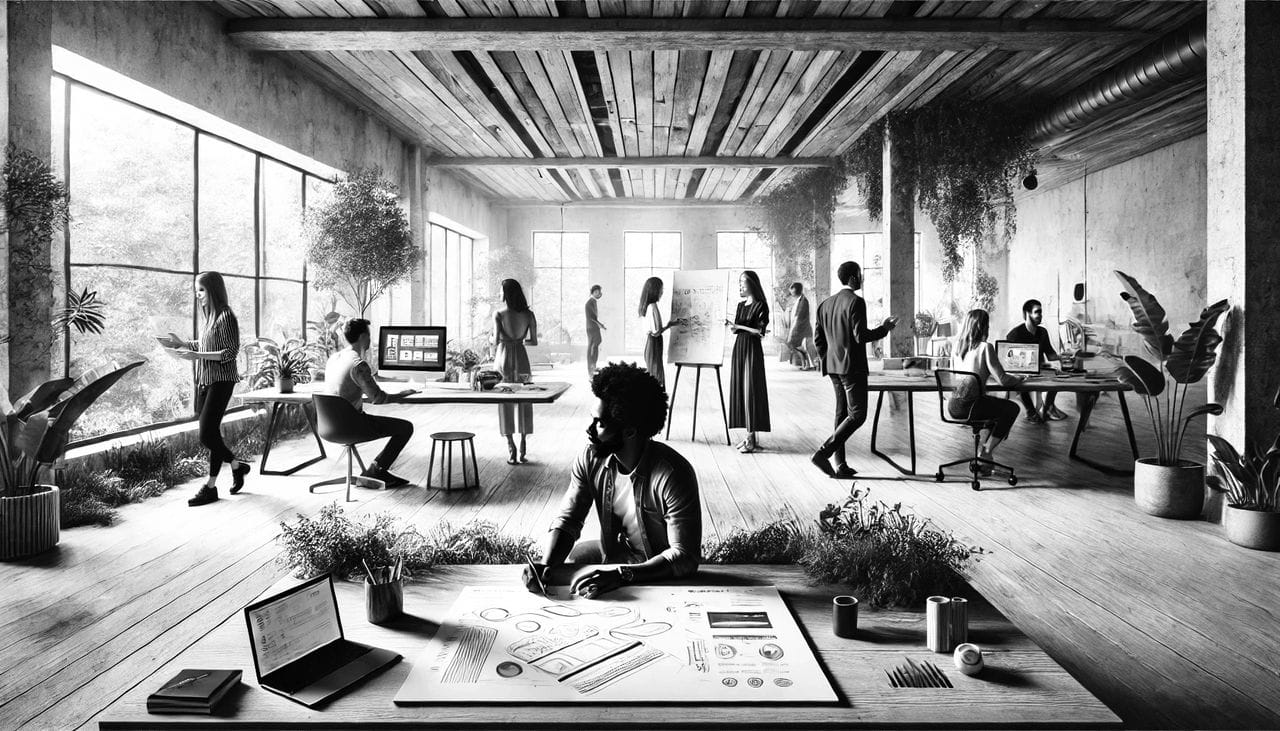AI and the Future of Human Intelligence: A Strategic Synergy for Innovation, Growth, and Neo-Naturalism
The future of AI is not just a technological milestone; it is the next evolution of human intelligence, creativity, automation, and collaboration. As AI continues to transform industries and redefine the possibilities for innovation, it presents both individuals and companies with a unique opportunity to not only adapt but to lead the charge into a new era of design, efficiency, and productivity.
However, the future of AI goes beyond just automation and intelligence. It represents a new way of thinking about the intersection of technology and nature—what I call neo-naturalism. This perspective places an emphasis on AI not merely as a tool of efficiency but as an extension of our natural environment, seamlessly blending human creativity, technological advancements, and the organic world around us.
Neo-Naturalism: AI as an Extension of the Natural World
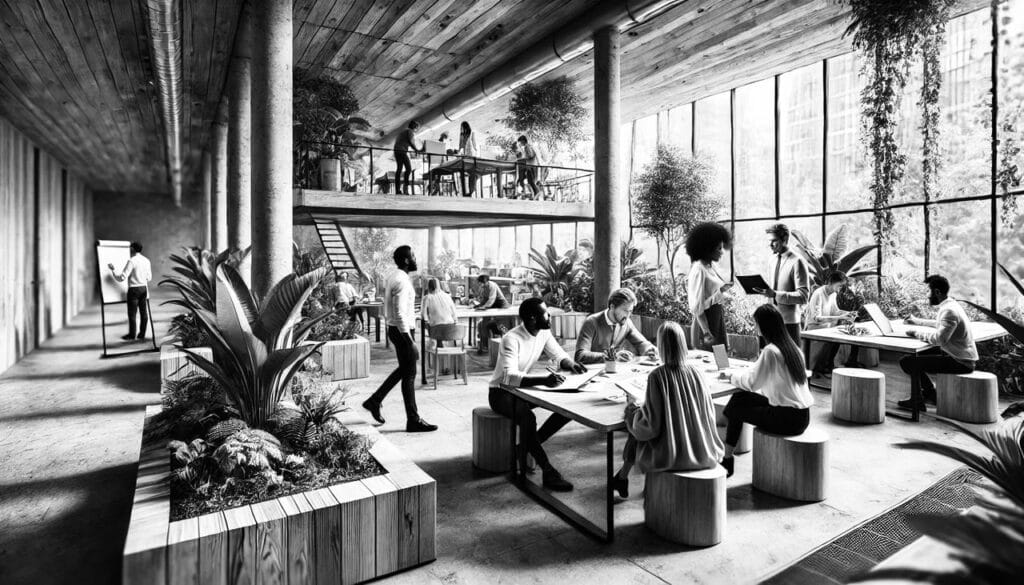
At the core of neo-naturalism is the belief that AI should not be seen as a sterile, artificial construct separate from nature but rather as a continuation and enhancement of our natural abilities. AI represents the evolution of human creativity, intuition, and problem-solving, much like how the natural world evolves and adapts over time. It is the next step in our growth, allowing us to engage with the world in more profound and efficient ways.
From my perspective as a neo-naturalist, I view AI as a vital part of the design process, enabling us to work more harmoniously with the natural world rather than in opposition to it. AI can be harnessed to optimize energy usage, minimize waste, and create designs that not only serve human needs but also respect the environment. It is a tool that allows us to live more intelligently, with greater awareness of our impact on the world around us.
For instance, in my work with FIDA Design Inc., I use AI to analyze natural elements such as light, space, and organic materials to design environments that feel more in tune with nature. Whether it’s creating a living space that seamlessly integrates outdoor landscapes or designing eco-friendly, energy-efficient structures, AI helps me enhance the natural world’s beauty and functionality. This aligns perfectly with the principles of neo-naturalism, where technology is not an external force but part of the ongoing evolution of our relationship with the environment.
The New Synergy: Human Intelligence Meets AI
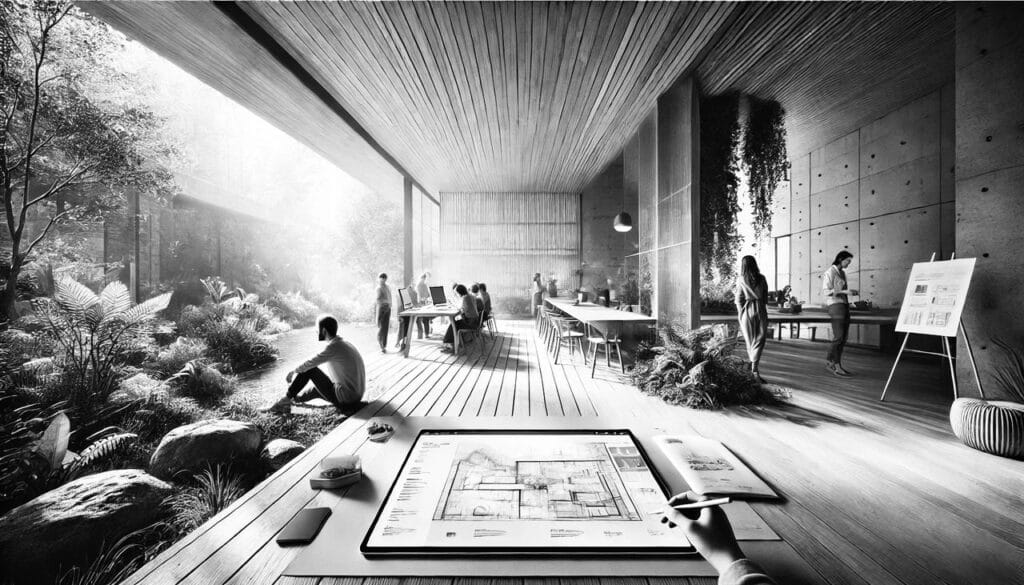
At its core, AI is a tool for enhancing human intelligence, not replacing it. While some may view the rise of AI as a threat to traditional jobs or creative fields, the reality is that AI’s greatest potential lies in its ability to augment human capabilities. It allows us to handle more complex data, solve intricate problems, and free up time for high-value, creative, and strategic work.
For example, in my own experience as a designer and strategist, I’ve seen how AI-driven design platforms can analyze thousands of trends in seconds, predict shifts in consumer preferences, and automate complex tasks. This frees me to focus on the human aspects of design—the emotional connections, the experiential nuances, and the bespoke solutions that no machine can fully replicate. By working with AI, I’m able to deliver more innovative, personalized solutions, faster than ever before.
The same principle applies to every industry. Whether it’s AI-powered algorithms predicting stock market trends, AI-driven diagnostics in healthcare, or AI-enhanced manufacturing automation, the technology is a force multiplier, giving humans the ability to scale their intelligence and creativity in unprecedented ways.
A Paradigm Shift in Efficiency and Collaboration
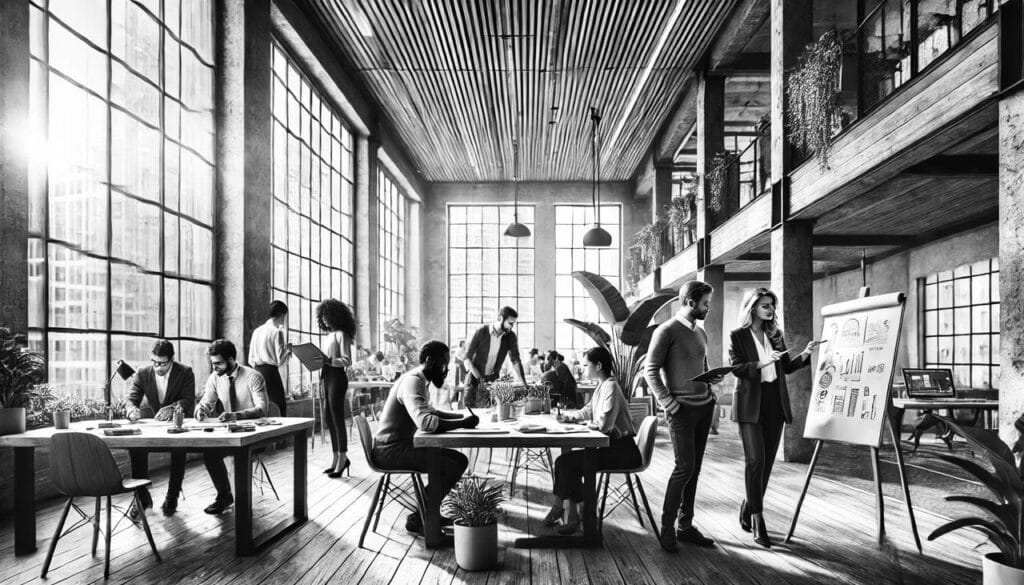
Historically, every major technological shift—from the Industrial Revolution to the Digital Revolution—has led to significant changes in how we live, work, and interact with one another. AI is no different. What sets AI apart, however, is its potential to drastically accelerate the pace of innovation and productivity.
Consider the case of advanced collaboration tools powered by AI. These systems can analyze communication patterns, predict project outcomes, and optimize workflows in real time. In design and architecture, AI platforms now enable remote teams to collaborate across borders with real-time data sharing, instant rendering capabilities, and predictive modeling tools that vastly reduce the time from concept to execution.
In my work with FIDA Design Inc., AI has been instrumental in facilitating this kind of advanced collaboration. It has enabled me to work with clients across continents, using predictive tools to align aesthetic preferences and deliver stunning results—often before the client even knows what they want. This enhanced synergy between human intuition and AI-driven prediction is what sets the future of collaboration apart from the past. It’s not just about faster communication; it’s about creating smarter, more strategic partnerships.
Innovation and the Future of Design
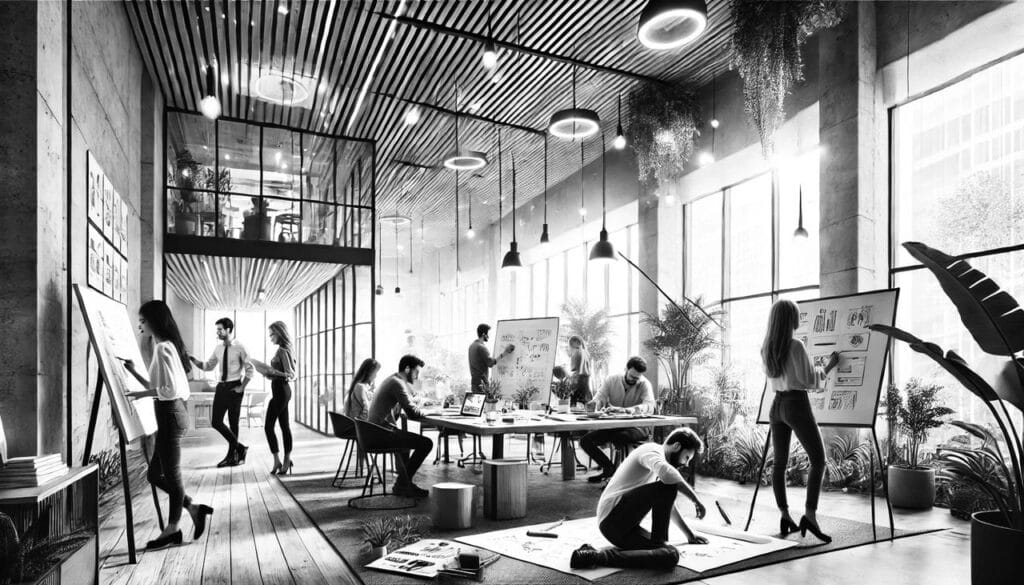
One of the most exciting aspects of AI is its potential to transform the creative industries. For too long, creativity and innovation have been seen as purely human endeavors, untouchable by machines. But AI is challenging that notion, not by replacing human creativity but by enhancing it.
In fashion design, for instance, AI can now analyze global fashion trends, predict consumer behavior, and even generate new design concepts based on historical data and aesthetic patterns. The result is a more informed, data-driven approach to creativity that blends human ingenuity with machine learning. I have found this particularly useful when working on design projects that require a high level of personalization. AI can provide deep insights into customer preferences, allowing me to tailor my work to meet the specific needs and desires of each client—while still leaving room for the human touch that defines great design.
The future of AI in design is not one of cold, sterile automation. Instead, it is a future where AI and human designers work together to push the boundaries of what’s possible, creating products and experiences that are both innovative and deeply personal. More importantly, this future aligns with the principles of neo-naturalism, where design and technology work together to mimic the efficiency, beauty, and sustainability of the natural world.
What Individuals and Companies Can Do Next: Embracing AI Strategically
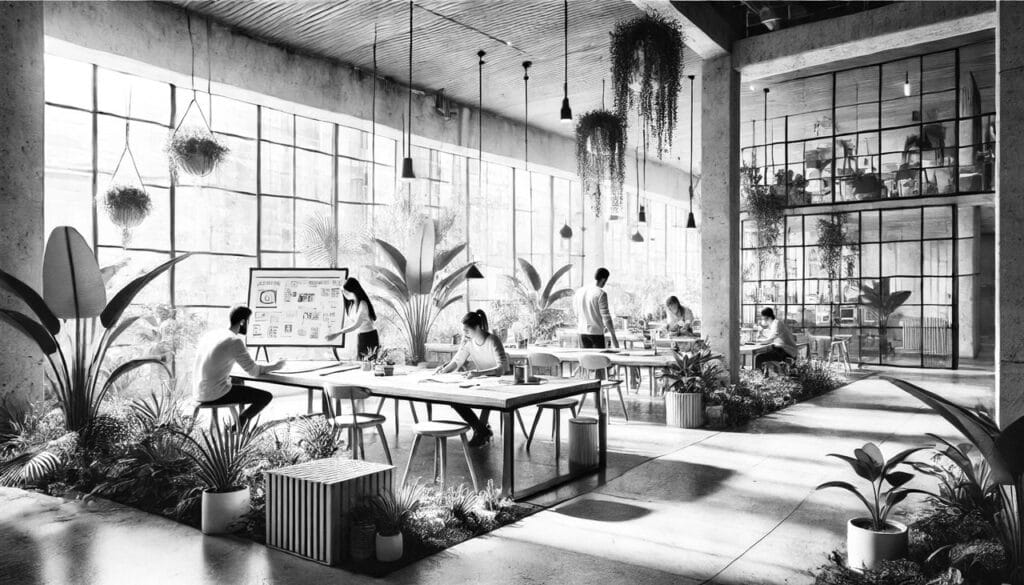
To thrive in this AI-driven, neo-naturalist future, both individuals and companies need to adopt a strategic approach. Here are some next steps that can help:
1. Embrace AI as a Collaborative Tool, Not a Replacement
Whether you’re an individual professional or a business leader, it’s essential to view AI as a tool that enhances your skills rather than replaces them. This mindset shift is crucial for leveraging AI’s full potential. For individuals, this might mean taking courses in AI literacy, learning how to work alongside AI tools, or integrating AI into your current workflows. For businesses, it means fostering a culture where AI is seen as an enabler of innovation, not a threat.
2. Invest in AI Training and Development
Both individuals and companies should invest in AI education and skill development. Understanding the basics of AI and machine learning is becoming as important as learning to use a computer was a generation ago. Companies, in particular, should focus on training their workforce to be AI-literate, ensuring that employees know how to use AI tools effectively in their day-to-day roles.
3. Leverage AI to Enhance Creativity, Innovation, and Neo-Naturalism
AI is not just about automation—it’s also a powerful tool for creativity. By incorporating AI into your creative processes, whether in design, marketing, or product development, you can unlock new levels of innovation. More importantly, AI can help foster a design philosophy that mirrors the efficiency and sustainability of nature, a key tenet of neo-naturalism. For individuals, this might mean exploring AI-generated creative tools or working with AI platforms that help to expand your creative horizons. For businesses, it means using AI to push the boundaries of product design and customer experience while aligning with sustainable, nature-inspired principles.
4. Stay Ahead of the Curve with Continuous Learning
AI technology is evolving rapidly, and staying ahead of the curve will require continuous learning and adaptation. Individuals should make a habit of staying informed about the latest AI developments, tools, and trends. Companies, on the other hand, need to ensure that they are constantly evaluating new AI technologies and implementing those that provide a strategic advantage.
5. Foster Human-Centered AI Practices
Finally, as AI becomes more integrated into every aspect of life, it’s important to ensure that we maintain a human-centered approach. AI should be used to enhance human experiences, not detract from them. For individuals, this means using AI in ways that empower your work and enhance your creativity. For companies, it means adopting AI ethically and responsibly, with a focus on delivering value to both customers and employees, and aligning with neo-naturalist principles that respect both human needs and the natural environment.
Conclusion: AI and Neo-Naturalism—Catalysts for a New Era
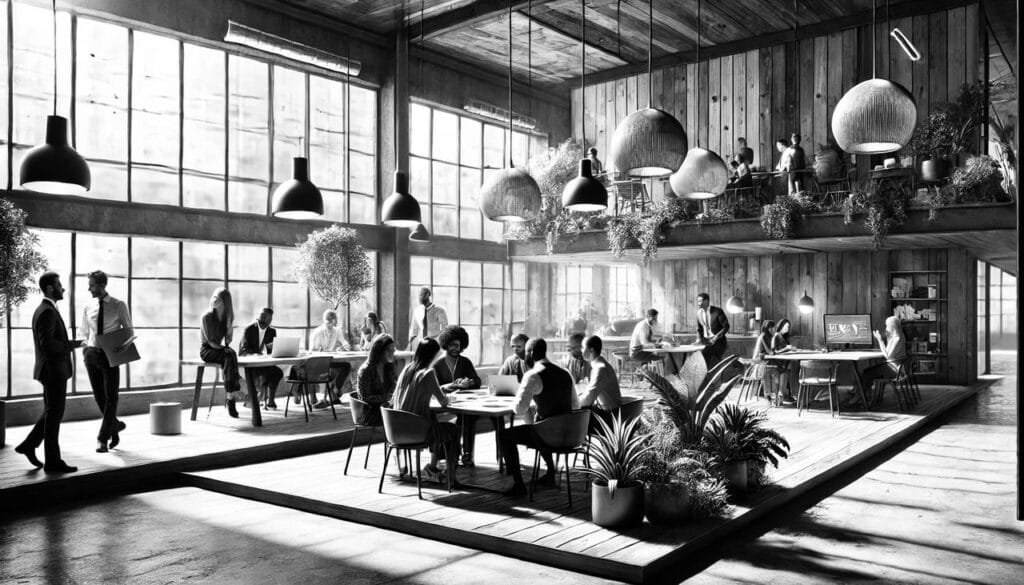
AI is not a passing trend—it is the catalyst for a new era of innovation, creativity, and collaboration. By embracing AI strategically and through the lens of neo-naturalism, both individuals and companies can position themselves at the forefront of this transformation. The future of AI is the future of human intelligence, and together, they will redefine how we live, work, design, and interact with the natural world.
In my experience, the most successful innovations have always come from a synergy between human creativity, nature, and the tools at our disposal. AI is simply the next tool—a powerful one—that, when wielded intelligently, can unlock the potential to change the world.
